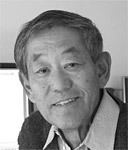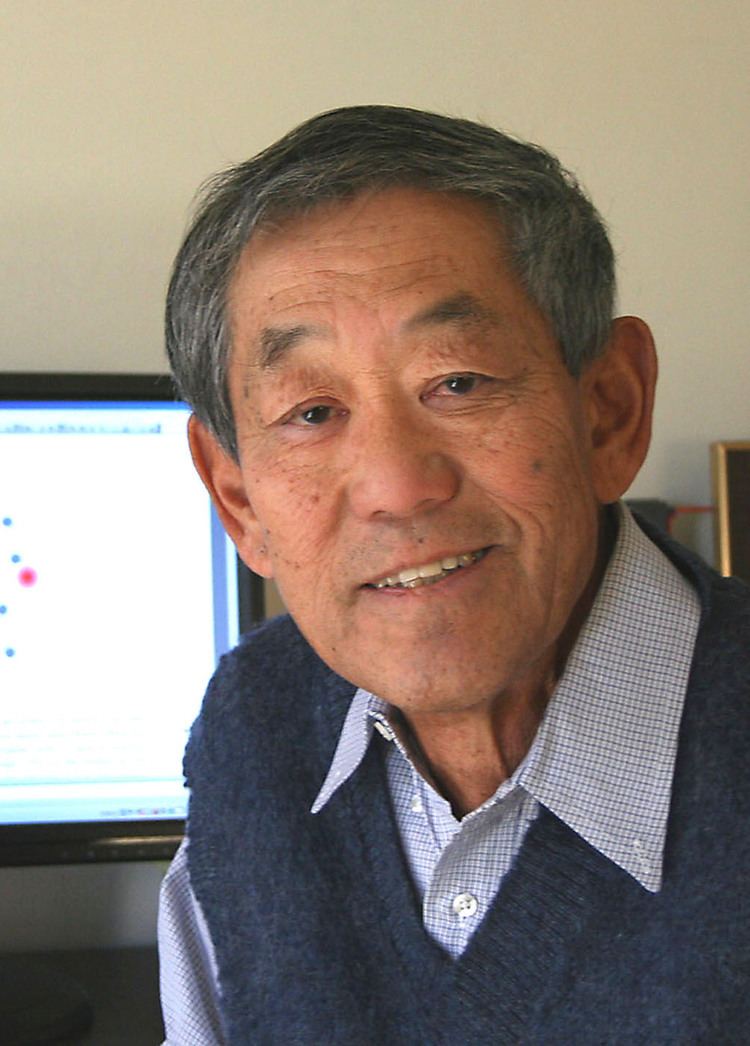Name Francis Chen | ||
 | ||
Books Introduction to Plasma Physics, Introduction to Plasma Physics a, Lecture Notes on Principles, An Indispensable Truth: Ho, Plasma Processing and Proc | ||
Francis F. Chen (born November 18, 1929) is a Chinese-born American plasma physicist.
Contents

Early life
On November 18, 1929, Chen was born in Guangdong province, China.
Education
Chen studied at Harvard University, where he received his bachelor's degree in astronomy in 1950, a master's degree in physics in 1953, and his doctorate in 1954. At that time he worked on high-energy physics (proton-proton scattering and proton-nucleus scattering at the new energy of 1 GeV).
Career
In 1954, Chen worked at the Princeton Plasma Physics Laboratory (PPPL), where he worked initially with the Model B1 Stellarator, a device used to confine hot plasma with magnetic fields in order to sustain a controlled nuclear fusion reaction. With the B1 Stellarator, Chen was the first to show that electrons could be trapped by a magnetic field for millions of traverses. Chen remained at PPPL until 1969.
In 1969, Chen became a professor of electrical engineering at the University of California, Los Angeles. In 1994, Chen became a professor emeritus. Chen was a visiting scientist at the nuclear research center in Fontenay-aux-Roses in 1962-63, 1977 in Lausanne and in 1985 in Australia and Japan.
Chen has been concerned with not only basic research in plasma physics and magnetic and inertial confinement fusion, but also with low-energy plasma physics for industrial applications such as semiconductors. He has worked in both theoretical and experimental plasma physics. He has studied multiple subfields of plasma physics including: plasma diagnostics, accelerator concepts with plasmas, helicon plasma sources, plasma instabilities of laser interaction, Langmuir probes, resistive drift waves, anomalous diffusion, and Q-machines. He wrote a very well known and highly regarded Introductory Plasma Physics textbook (see below).
During Chen's career, he has published over 240 technical papers.
Since 1968 he has been a Fellow of the American Physical Society (APS). In 1983 he was Chairman of the Plasma Physics Section of the APS. Since 1980 he has been a Fellow of the IEEE, and he received the Plasma Physics and Applications Award in 1994. He received the James-Clerk-Maxwell Prize for Plasma Physics in 1995.
Personal
Chen's wife is Ande. Chen and his wife are bird photographer.
